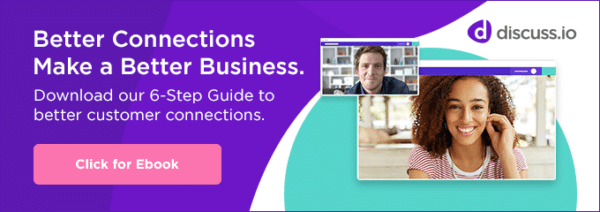The market research proposal is an important first step in near all studies. First and foremost, a skeleton that details a study’s direction, goals, and focus, such proposals are typically the first point of reference for management. While the proposals make or break a project’s funding, there is one other strength no research team can ignore: direction.
Critical for any undertaking that involves research, direction helps with both the pragmatics and concepts of near all studies. Market research proposals are vital for outlining both. They also explain the potential returns or results a study can yield. Ideally, the proposal should convince outside readers while informing research and development teams.
Language is important for writing a proposal, as is organization. A lot of detail goes into the typical research proposal, and sometimes there is no clear place for essential odds and ends. Luckily, there is a general organization, or logic, that most research proposals adopt. This allows readers to quickly absorb details, jump to pertinent sections, and digest its conclusions.
While not mandatory, using these structures add a cohesion that makes reading these papers more convenient and cohesive. Length, detail, and overall complexity are all factors when considering how a research proposal should be organized. Similarly, weigh the study’s goals and potential returns. Not every proposal necessitates the same sections. In fact, simple studies can do without a lot of sections that more involved or longer studies require. That mentioned, never write off these critical five elements of your research proposal.
Overview, Definition, and Terms
Important for summing up the study’s incentives, intents, and overall feasibility, overviews prep readers for the project’s strengths. Like everything else in a proposal, clarity is also all-important. Definitions and terms are vital. Overviews are also excellent for showcasing market conditions, opportunity, goals, and overall impact to ROI. While very important, always make sure to focus on the client. Their edification should be at the forefront of any proposal writer’s mind.
Hypothesis and Goals
While referenced in the overview, extrapolation about a project’s actual agenda goes a long way. Near everyone reviewing a research proposal will search for a hypothesis. While fine to reference in the overview, an outright hypothesis will always predominate the research proposal and its direction. Be clear as possible!
The hypothesis itself, however, explains the goal’s prospective burdens, costs, and returns. Also explain how these different elements combine to form a whole level of different parts. Perhaps most intrinsic is the order of said goals, as well how they compliment each other.
Targets
Realizing goals requires exploring a range of target segments that can appreciate the product, content, or whatever else. Exploring these different targets includes any range of periphery methods, not to mention actual possibilities. What is vital, however, is a full explanation as to why the target is pertinent.
Methodology and Conditions
The logical extension, research proposals must detail methodology. Include practices and conditions, study types, analysis standards, and other crucial aspects. Make sure extrapolation focuses on the actual methodology, however. Pragmatic intricacies can be glossed over, but that really depends on the reader. Researchers will typically want to know about the whole process, while management typically focuses on efficacy and ROI.
Timeline
Discuss.io can offer deliverables within 48 hours, the fastest in the industry. Establishing a clear timeline is still critical though. Product and content dev teams typically need to keep informed. A common timeline really encourages such cohesion, not mention also keeps MR better aware as to the product or content’s direction. Along with setting a schedule, timelines also helps inform team members of their objectives and schedule. Such a cohesive view both informs researchers as reminds them of the importance of each task.
Source: https://creativecommons.org/licenses/by/2.0/legalcode
Start a conversation with us to learn more about how you can better understand and build empathy with consumers through real-time conversations.



